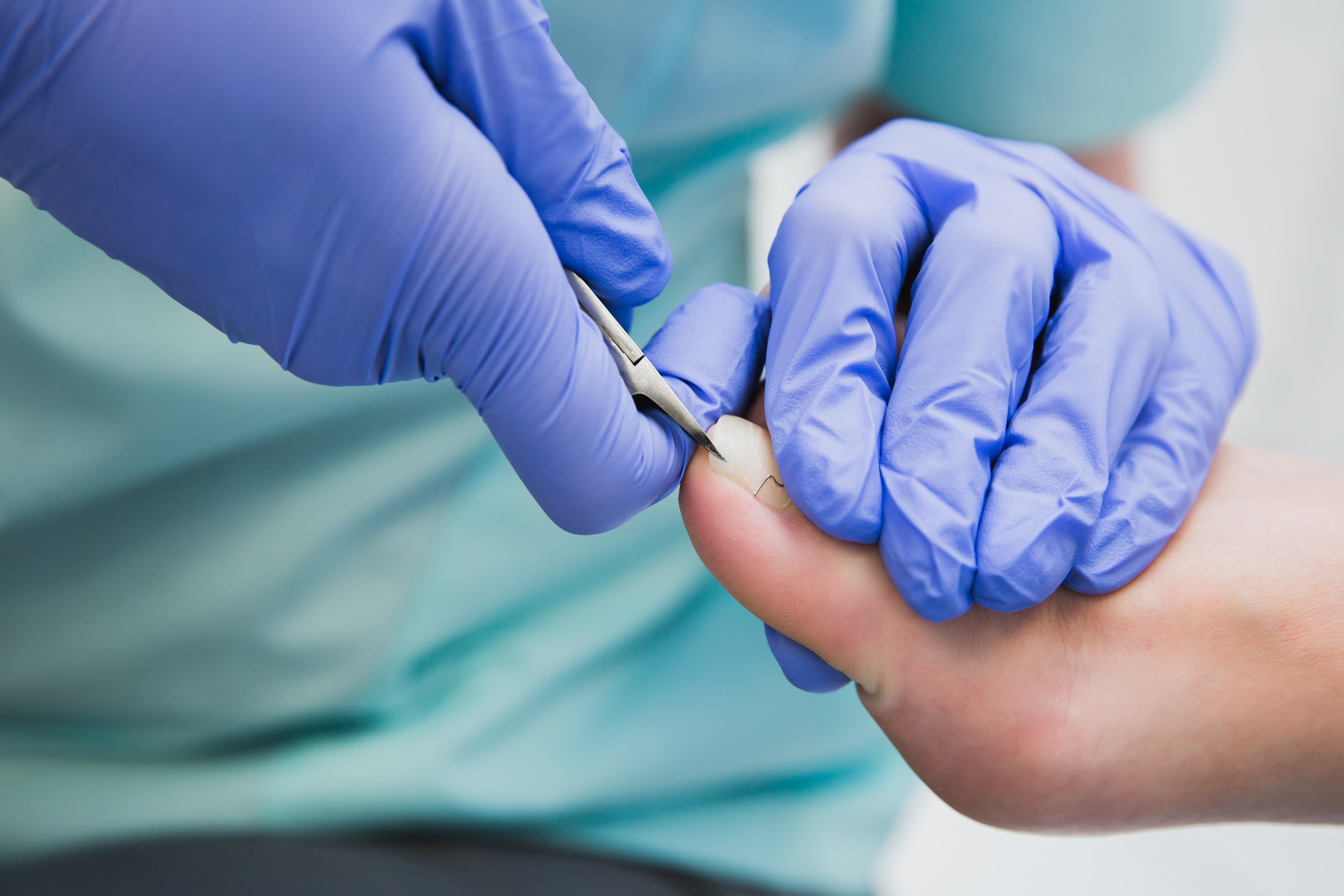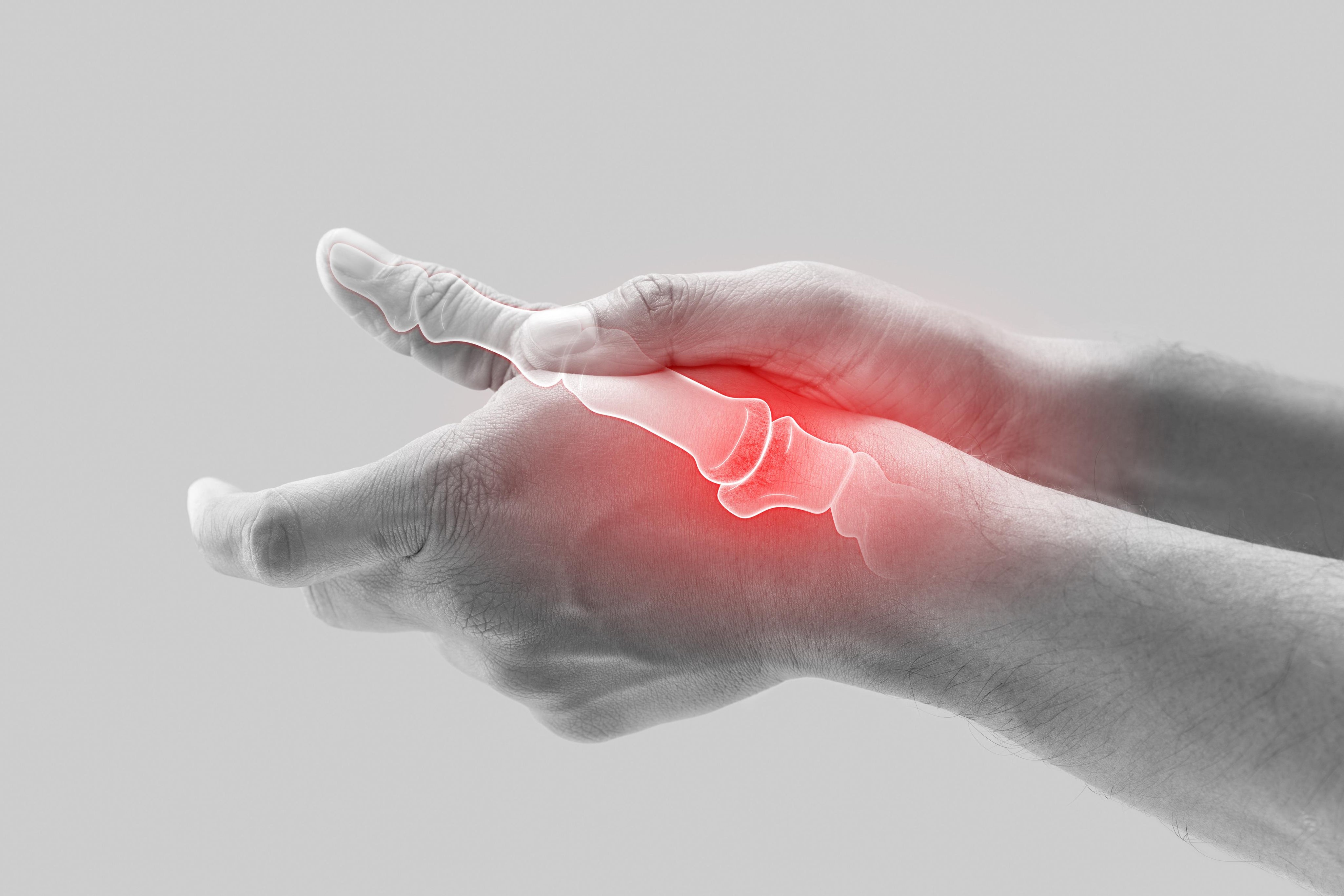How to Avoid Ingrown Toenails

Ingrown toenails can be painful, inconvenient, and even lead to serious complications if not properly taken care of. Whether you've experienced the agony of an ingrown nail before or you're just looking to keep your feet in top condition, understanding how to prevent this common podiatric problem is key.
The Importance of Foot Care and Ingrown Toenails
Our feet often bear the brunt of our daily activities, yet they are frequently neglected in our personal care routines. Foot problems, particularly ingrown toenails, can throw a wrench into our mobility and comfort. Ingrown toenails occur when the edge of the nail grows into the surrounding skin, leading to redness, swelling, and often, sharp pain. The condition can worsen if left untreated, with a potential for infection and more severe complications.
According to the American Podiatric Medical Association (APMA), ingrown toenails are highly prevalent, impacting about 10% of the population at some point in their lives. Although there can be a genetic predisposition to developing ingrown nails, the majority of cases are rooted in avoidable behaviors, such as improper nail trimming and wearing inadequate footwear.
As common as ingrown toenails are, they are entirely preventable with some basic knowledge and attention to foot hygiene.
Let's walk through how to sidestep this pesky problem with best practices that you can apply at home.
Understanding Ingrown Toenails
An ingrown toenail occurs when the nail, usually on the big toe, grows into one or both sides of the nail bed. The process is slow, but can be quite painful as the nail edge is driven into the skin, leading to irritation, inflammation, and potentially an infection. The onset of an ingrown toenail is often due to:
- Improper Nail Trimming: Cutting nails too short or not straight across can cause them to re-grow into the skin.
- Ill-Fitting Footwear: Narrow toe boxes or shoes that are too tight can compress the toes and nails, pushing the nail into the skin.
- Genetics: You might have inherited a nail shape that is more prone to becoming ingrown.
- Injury: Trauma to the nail, such as stubbing your toe or repetitive impacts, can lead to ingrowth.
Understanding these root causes is the first step in knowing how to avoid ingrown toenails.
Signs and Symptoms of Ingrown Toenails
How do you know if your toenail is ingrown?
Look out for the following signs and symptoms:
- Tenderness and Discomfort: Most people notice pain or tenderness along the side of their toenail.
- Redness and Swelling: The affected area often becomes swollen and red as the body mounts an inflammatory response to the irritant.
- Potential Drainage: In more advanced cases, you may notice pus or fluid draining from the site.
If any of these symptoms sound familiar, it might be time to have a doctor assess your foot care routine and habits to prevent further ingrowth.
Prevention: How to Keep Ingrown Toenails at Bay
Prevention is always better than cure, and when it comes to ingrown toenails, following a few simple practices can help avoid ingrown toenails.
- Proper toenail trimming
- Choosing the right footwear
- Maintaining good foot hygiene
- Avoiding repetitive pressures
We'll dive more into detail on these next:
Proper Toenail Trimming Techniques
The cornerstone of ingrown toenail prevention is proper nail trimming. To trim your nails safely, follow these steps:
- Use proper nail clippers and avoid using scissors, which can crush the nail and make it more likely to grow into the skin.
- Cut your nails straight across without rounding the edges, which leaves room for the nail to grow without digging into the sides.
- Do not cut your nails too short; aim to keep a sliver of white at the tip of your nails.
- Cut your nails regularly to maintain a consistent length.
Choosing the Right Footwear
Your footwear plays a crucial role in the health of your feet. To avoid ingrown toenails, opt for shoes with a wider toe box that allows your toes to spread out naturally. Avoid high heels or shoes with pointed toes, which can compress the front of the foot and lead to increased pressure on the toes.
Maintaining Good Foot Hygiene
Keeping your feet clean and dry can help prevent ingrown toenails. After washing your feet, make sure to thoroughly dry them, especially between the toes where moisture can accumulate. Moist skin can be more prone to infections and make it easier for nails to grow into the skin.
Does moisturizing help ingrown toenails?
Yes, preventing dryness and maintaining hygiene can potentially help prevent ingrown toenails. Using products like moisturizing booties, infused with jojoba oil, is an easy way to maintain soft skin at home.
Avoiding Repetitive Pressure on the Toes
High-impact activities, such as running or playing sports, can increase the chances of an ingrown toenail. Protect your feet by wearing the appropriate protective gear, including well-fitting athletic shoes and, if needed, custom orthotics or medical-grade over the counter support to cushion, like Toe Sleeves, and support your feet.
Home Remedies for Ingrown Toenails
If you start to feel the twinge of an ingrown nail, there are a few home remedies that might help alleviate the discomfort and prevent progression:
- Warm Water Soaks for Ingrown Toenails: Soaking your feet in warm, soapy water for about 15 minutes a few times a day can provide relief and soften the surrounding skin and nails.
- Ingrown Toenail Tools: Tools designed to lift the nail's edge from the skin can be used to gently reposition the nail during soaking.
- Dissolving Techniques: Some over-the-counter products can help soften the nail or reduce excessive granulation tissue that can develop with prolonged ingrowth.
- Gel Toe Caps: Wear a toe cap to help absorb pressure and limit friction to ingrown toenail until your foot is healed.
Remember, however, that home remedies are not a substitute for professional care, and if your symptoms persist or worsen, it is crucial to seek medical attention.
When to Seek Professional Help
In some cases, an ingrown toenail can become severe enough to require intervention from a podiatrist. Signs that it's time to see a professional include:
- Chronic or Severe Pain: If your pain is constant or severe, it's a sign that the ingrown nail is deeply embedded or infected.
- Recurrent Ingrowth: If the same nail continually ingrow, a podiatrist can offer solutions to prevent this from happening.
- Complications from Other Health Conditions: People with diabetes or poor circulation need to be particularly vigilant about foot health, as complications from ingrown toenails can be more severe.
Podiatrist treatments can range from lifting the nail edge to removing a portion of the nail wall or, in rarer, more serious cases, surgical intervention.
In Conclusion: Proactive Foot Care Pays Off
Ingrown toenails can be a real pain, but incorporating simple habits into your routine can prevent them from cropping up. From understanding why they occur to recognizing when it's time to seek professional help, staying informed about ingrown toenails is as important as knowing how to care for the rest of your body.
Remember, taking care of your feet is taking care of your overall health. By following these tips, you can keep ingrown toenails at bay and put your best foot forward every day.



